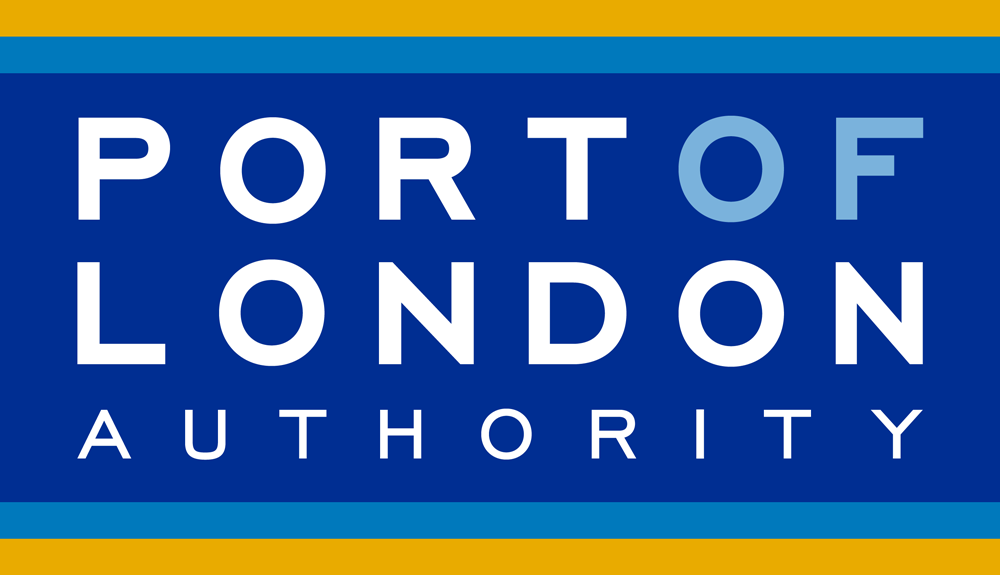Live Tides
NOTICES TO MARINERS
Charts & Surveys

Incident reporting
Life-threatening emergencies on the river:
Call 999 and ask for the Coastguard
For near miss, safety observations and incident reporting click below
Upper tidal Thames public meeting goes online
An online meeting to discuss all the latest news on the upper tidal Thames, including the impact of COVID-19 and the closure of Hammersmith Bridge, will be hosted by the Port of London Authority (PLA) on Thursday 11 February 2021 (5 -6 pm).
The PLA’s Environment team will report back on work towards achieving Net Zero carbon reduction targets and other green initiatives, including the recently-launched Cleaning The Thames website, which enables members of the public to log litter they retrieve from the foreshore.
Among the other items on the agenda are a review of recent work by the PLA’s new upper river maintenance team, led by Bernard Watson, to repair river wall ‘revetments’ at Mortlake and Chiswick.
There will also be a look at the increasing use of barges for delivering freight within London, including the on-going arrival of parts for the roof of the new riverside stand at Fulham FC’s Craven Cottage.
Participants will also be able to hear about progress with the Harbour Revision Order, submitted to the Marine Management Organisation last year, seeking to update the PLA’s legislative powers.
A presentation led by Robin Mortimer, the PLA’s CEO, will be followed by a question and answer session, giving members of the public a chance to raise matters of interest. Questions should be submitted in advance.
Robin Mortimer said: “The continuing COVID-19 lockdown regrettably prevents from holding a face-to-face meeting this year, but there is still lots on news about the river to share, so we hope there will be a good online attendance
“We’re always keen to hear the views of the river community, so it’s a good opportunity for all those connected with the upper tidal Thames to directly relay their comments and ideas to us.”
Anyone wishing to take part in the meeting must pre-register in advance.
Similar meetings for the middle and lower reaches of the tidal River Thames are due to follow later in the year.
Related content
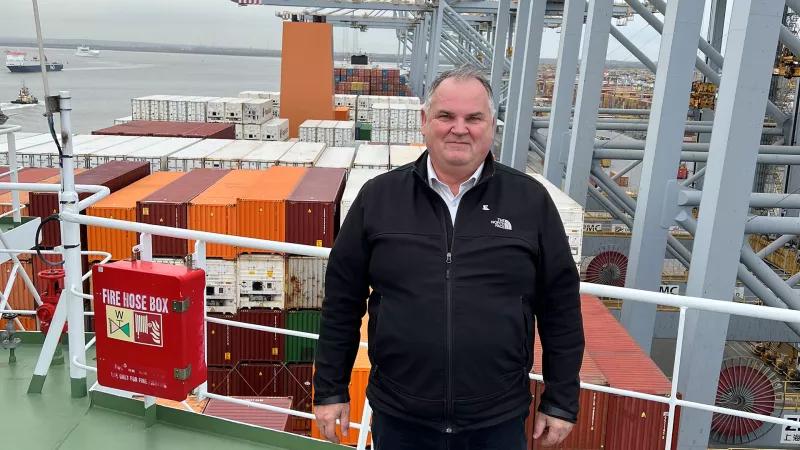
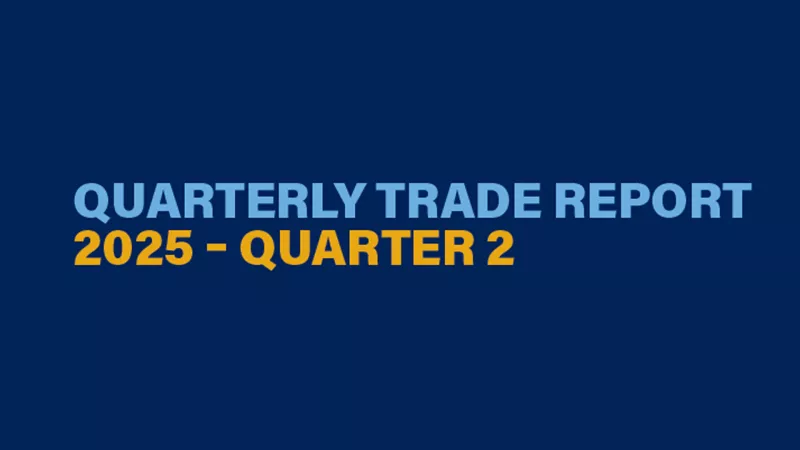
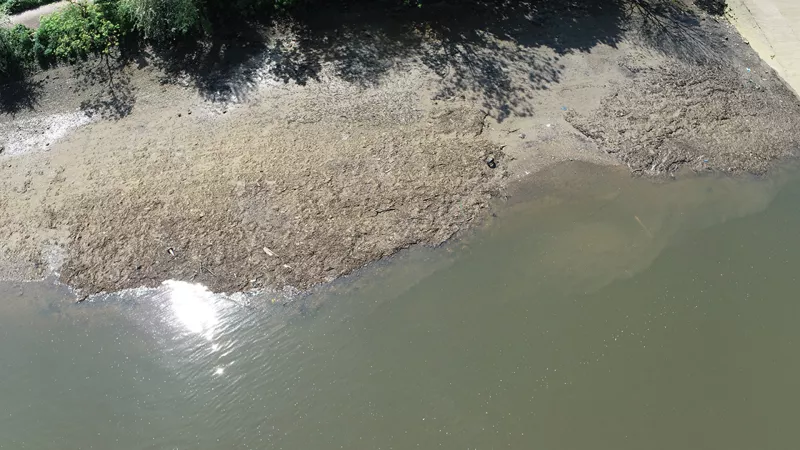
No better place to work than the River Thames
Fran Comerford-Cole

For almost two decades, the Thames has shaped the career of a native New Zealander, who has a passion for getting more women working on the river.
Cory Riverside Energy's Director of Logistics, Fran Comerford-Cole, oversees the company’s Materials Recycling Facility in Wandsworth, and its transfer stations, as well as its and lighterage and ship repair services on the river. She is also responsible for the company’s local authority contracts.
Often described as the “the busiest person in the company”, Fran joined Cory 19 years ago, when she arrived in the UK from Auckland. With a background in environmental science, her first position was recycling manager.
"The Thames plays a unique role in our operations and has become a big part of my life too. It’s something that would have been hard to predict when I was growing up in New Zealand" she says.
"My favourite part of the Thames? I’ve always been fond of the section that runs from Wandsworth Bridge to about Vauxhall Bridge – where it gets busier, as it begins to lead in towards the centre of the city, yet is still quite tranquil.
"I am proud of our role in using the river sustainably – getting the capital’s residual waste to Belvedere, where we turn it into energy. It saves tens of thousands of truck journeys a year, making London cleaner and safer.
"Our aim at Cory is to make a positive contribution. It’s an objective that’s been particularly to the fore as a result of COVID-19, with our teams continuing to process the capital’s, waste day in day out ever since the pandemic started.
"Our operation is a key, but often overlooked, part of what makes the city tick."
This year Cory’s connection with the river will be central to its 125th anniversary celebrations.
Having thrived in traditionally male-dominated environment, Fran is particularly keen to see other women follow in her footsteps and has recently joined the board of the Thames Skills Academy, founded by the PLA, Tideway and the Company of Watermen.
Fran says: “Attracting more people, particularly women, to train for jobs on the river is critical to maximising the potential of inland water ways in regenerating ports and coastal towns right across the country. Not only that, but speaking from experience – there can’t be many better places to work than the Thames.”
Related content



Ebb and flow: a fortnightly blog on the tidal Thames
Patricia Stoughton

It’s now almost two years since Patricia Stoughton started a fortnightly blog on the Tidal Thames.
Her aim has been to try to unlock some of the stories “swirling around our beautiful, beguiling, dangerous, and ever-changing river”. Stories about people and places. And possibilities, like variations of patterns on the river’s surface, are endless.
She has photographed and written on workboats, tugs, and pleasure craft. And enjoying her contacts, she has among others, interviewed Vic Clarke, who remembers the river from his experiences on a collier in the 60s; Rob Jeffries, Hon. Curator of the Thames River Police Museum, expert on their history; and Chris Walker, Helm at the RNLI Tower station. She also learnt a lot about the river from Commercial Skipper, Wal Daly-Smith but it was her interview with Waterman and Lighterman Eric Carpenter, just before the Covid crisis took hold in March, 2019, that helped her through the first lockdown, when of course she was unable to get around.
She explains that Eric worked for fifty years in a variety of jobs on the Thames, its tributaries and canals, which he got to know intimately: “Before I wrote about his life and career, he helped me with a series of articles on illustrations in The Thames from Chelsea to the Nore, 1907 by T.R. Way and W.G. Bell. He interpreted all kinds of details for me, such as why boats were moored in a particular way, and the direction of the tides.”
Interviewing curtailed during lockdown, Patricia photographed and wrote about its effects on the stretch of the river that she knows well between Westminster and Lambeth Bridges. She’s looking forward to going out for interviews again and to learning more about the Thames when it’s safe.
Read Patricia's blog here.
Related content



RNLI "angels" heavenly ascent in Gravesend
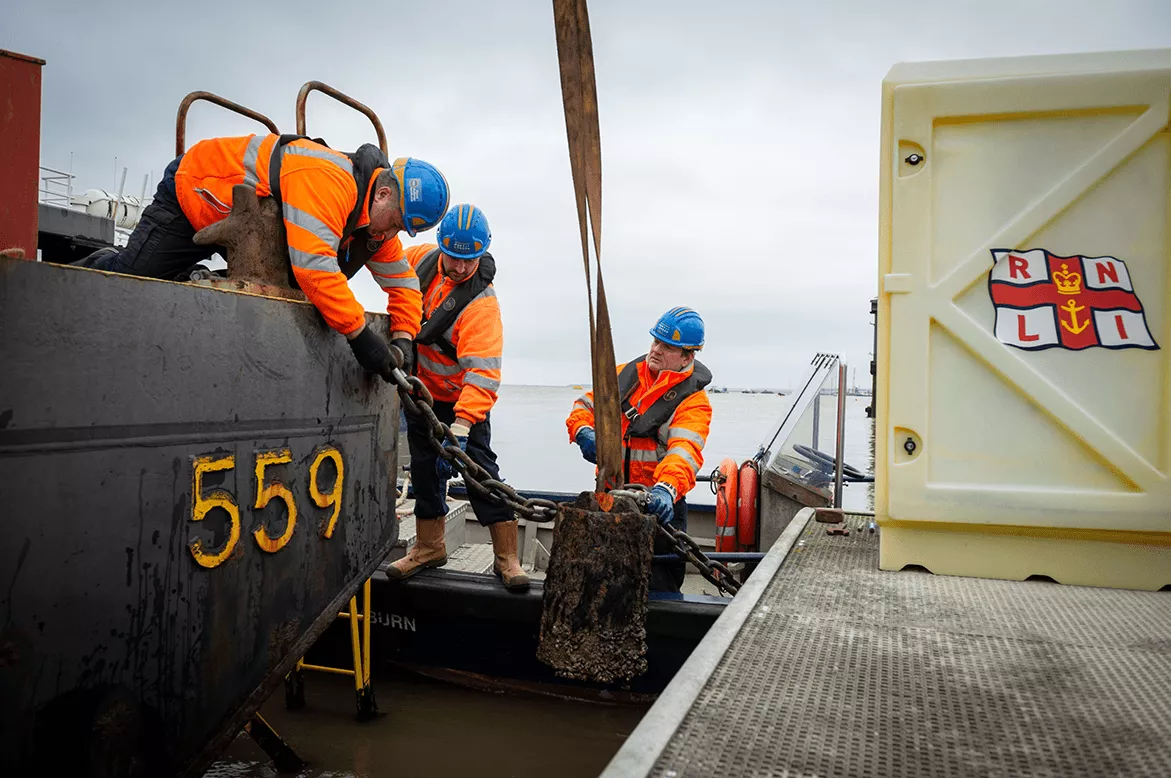
Four “angels” that keep the RNLI pontoon at Royal Terrace Pier safe ascended to the skies (10 December).
The quartet of heavy weights were lifted into the air by cranes aboard the Port of London Authority (PLA) vessel London Titan, to allow for the chains they are suspended from to be renewed.
Supervising the operation aboard London Titan was PLA skipper Keith Reynolds.
Keith said: “We were pleased to be able to help the RNLI out with this important piece of maintenance on their asset.
“Lifting each of the weights out individually took quite some time, but the operation went very smoothly.”
RNLI Gravesend’s Alan Carr said: ‘It is important Gravesend lifeboat is ready to launch at a moment’s notice, so having the pontoon working perfectly is really important in saving lives on this part of the Thames.
“We’re glad to see our four ‘angels’ will be keeping watch over us for some time to come!”
Related content



Alcohol, drugs and the Thames: A Christmas cocktail to avoid

Public urged to look after one another on the river and its banks this yuletide
The combination of alcohol, drugs and activity on or by the tidal Thames is a recipe for Christmas and New Year misery.
That’s the message from the Port of London Authority (PLA), the organisation responsible for navigational safety on the river between Teddington and the coast, coinciding with the launch of the Royal Life Saving Society’s (RLSS) annual Don't Drink and Drown campaign (7 December).
RLSS research shows that over the past five years there have been over 1,400 accidental drownings across the UK. Over 30 per cent of victims were found to have alcohol or drugs in their bloodstream. Young men are one of the highest-risk groups.
Jenny Cooper, the PLA’s sports participation and community outreach manager, said: “Our reminder to everyone over the party season is please stay clear of water courses, if you’re under the influence, and make sure your friends get home safe too. Alcohol and drugs affect your decision-making ability, blur your senses, and impede the body’s ability to survive in the water."
Flowing at the speed of an Olympic swimmer, the Thames has a daily tidal rise and fall of seven metres.
The impact of ‘cold water shock’ also means that even the best swimmers can drown in the river in a matter of minutes at any time of year.
In addition, vessels, currents and hidden underwater objects endanger the lives of anyone who finds themselves in the river.
Jenny, who also chairs the multi-agency Tidal Thames Water Safety Forum, continued:
“After two lockdowns this year, many will be keen to enjoy the holiday season. The Thames is home to countless pubs and restaurants, and people may be tempted to take short-cuts home by the water’s edge. It’s important to remember, whether fast-flowing or still, cold water kills.”
Members of the public who spot people in difficulty in the river should call 999 and ask for the coastguard, rather than risk their own lives by entering the water.
#Don’tDrinkandDrown was launched in 2014, following a string of tragic drownings of young people. For more information on this year’s campaign, visit www.rlss.org.uk.
Related content



Thames Freeport bid welcomed as transformational
The Port of London Authority (PLA) and Thames Estuary Growth Board have welcomed the official opening of the Freeports competitive bidding process by the Government.
The partners say that a successful Thames Freeport bid would be transformational for community opportunity and economic development.
DP World and Forth Ports are finalising proposals for a Thames Freeport, with London Gateway, the Port of Tilbury and Ford's Dagenham engine plant at its heart.
The Thames Freeport bid is set to help meet priority targets, including: opportunities for levelling up deprived communities’ chances, with a focus on skills and training fit for a growing 21st century workforce; driving new largescale investment; and technical innovation around low carbon technology. Sectors encompassed in the bid will include advanced manufacturing, automotive and aerospace.
The PLA oversees operations on the Thames out to the North Sea, one of the UK’s major cargo handling hubs. Chief executive, Robin Mortimer commented:
“The Thames Freeport proposal will build on existing skills and expertise of internationally leading advanced manufacturing and logistics operations along the river. It will act as an innovation and clean growth hub across a range of sectors. With substantial development land available and global connections through port operations, the Thames Freeport is set to be a compelling proposition.”
For the Thames Estuary Growth Board, a successful Freeport bid is part of their action plan, ‘The Green Blue’, which sets out a vision to boost the local economy and unlock the regeneration potential of the Estuary. They have set out six criteria that were key to a successful bid across factors including: economic investment, innovation, environment, regeneration and community.
“I am delighted with the pace, intent and scope of the Thames Freeport bid,” said Chair of Thames Estuary Growth Board and Estuary Envoy, Kate Willard CBE. “This draws together and builds on the strengths of the estuary. The areas where the Growth Board is already innovating, for example around hydrogen, will see the clean, green innovation embedded at its heart, something which will make a difference to communities in terms of both quality of life and employment opportunity.”
A successful Freeport bid will support the Government’s levelling up agenda. Current unemployment rates in the Thurrock area, which is home to both the Port of Tilbury and London Gateway, are above the national average at 7%, and significantly higher in some areas of the unitary authority.
Related content



Thames Green Scheme launched
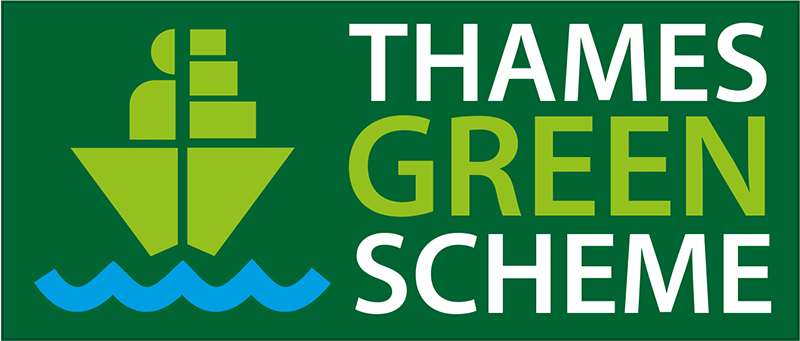 London Climate Action Week (16-20 November) has opened with the launch of Thames Green Scheme, a Port of London Authority (PLA) project, encouraging vessel operators to adopt more environmentally friendly practices.
London Climate Action Week (16-20 November) has opened with the launch of Thames Green Scheme, a Port of London Authority (PLA) project, encouraging vessel operators to adopt more environmentally friendly practices.
Developed in partnership with vessel operators, applicants will be ranked in one of five tiers, from bronze, silver and gold, through to the highest ratings of diamond and platinum. Rankings will be based on their performance related to air quality, carbon emissions, energy use, water quality, litter and waste.
Veronica Chan, air quality adviser at the PLA, said: “We have introduced this new scheme to help the inland waterways community do their bit in achieving national Net Zero goals, improving air quality and reducing damaging carbon emissions.
“The rankings will recognise the early adopters of new technology and enable customers to make informed choices in the battle to combat climate change.”
Under the scheme, the PLA’s own fleet is set to earn a silver rating, a ranking aided by its investment in Leader, the UK’s first hybrid pilot cutter boat, which ferries its staff round the clock to and from visiting larger ships, to ensure their safe navigation up and down the river.
Driftwood II, a PLA vessel that retrieves litter and obstructions from the river, such as tree branches, is due early next year to be fitted with a selective catalytic reduction (SCR) system, to cut nitrogen oxide emissions.
The PLA is also introducing facilities enabling its vessels to plug into onshore electrical supplies, rather than running their engines when alongside piers. This is one of the major changes the PLA is currently making as it expands Barrier Gardens Pier in Woolwich.
The Thames Green Scheme was previewed at the PLA’s recent Greening Inland Shipping webinar, attracting 150 delegates from around the world, where the company’s CEO Robin Mortimer stressed the need for urgency in delivering a Net Zero port: “There is no time to delay, we need to get on with it”, he said. “The imperative now is to build back better. “
Robin Mortimer added: “Thames Green Scheme is part of a package of things we have in place to support vessel operators including the roadmap for vessel emissions reduction.
“Our aim is to share best practice, support innovation and make sure the early adopters are recognised by passengers and logistics companies using the river.”
During the webinar (5 November), the PLA committed to cut carbon emissions by more than 60% by 2025 and achieve Net Zero by 2040.
Full details of the Thames Green Scheme are available on the PLA’s website
Related content



Port of London Authority to more than halve emissions by 2025
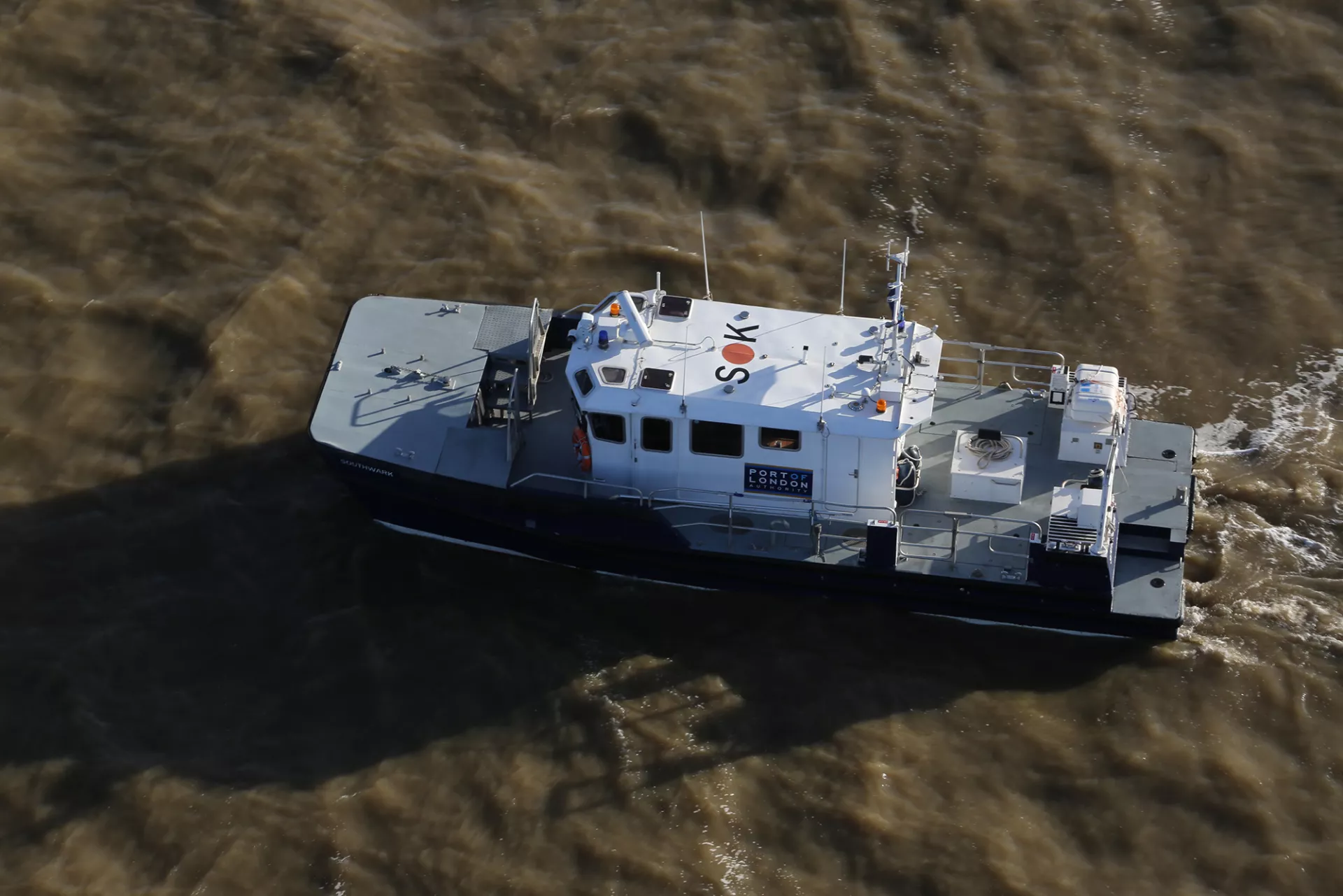
The Port of London Authority (PLA) has announced plans to more than halve its carbon emissions within five years and achieve Net Zero by 2040, or sooner.
PLA director of planning and environment, James Trimmer revealed the plans to more than 150 delegates who joined the PLA’s Greening Inland Shipping webinar today (Thursday, 5 November). Last year over 1,916 tonnes of carbon were generated by PLA operations, the vast majority from vessels performing essential duties including pilot transfers, river patrols, channel and mooring maintenance. The comprehensive plans for reducing and ultimately eliminating them were developed by a cross company team over the last ten months; the plans are part of a wider PLA strategy to improve environmental performance across air quality, climate change, biodiversity and resource use.
The initial phase of the plan will see emission cuts projected to exceed 60% by 2025, compared to the baseline year of 2014, when 2,054 tonnes of carbon were emitted. This will be centred on a programme of investment in the PLA vessel fleet including: the adoption of biofuel across the fleet, and – over the next five years – replacing two vessels with low emission alternatives. In addition, the PLA will switch its road vehicles to electric and all pilot taxis will be lower emission vehicles. Plans for a new sub-station at Denton will be developed, to cope with increased electrical demand. The fitting of Selective Catalytic Reduction (SCR) to four vessels, subject to successful completion of a trial, will further reduce nitrogen oxide emissions as part of the PLA Air Quality Strategy.
Work has already started. A successful trial using biofuel on one of the PLA river patrol vessels started late last year. The marine engineering team is now preparing for the fuel switch, installing biofuel tanks at PLA riverside bases. The PLA is adopting different engine technology too, with one of its Driftwood vessels set to be retrofitted with exhaust scrubbing equipment in a trial supported by the Mayor of London’s Clean Air Fund. Once this work is complete, the vessel is expected to be the cleanest on the river.
“Climate change, and the need for a swift energy transition in response, are pressing long-term issues facing us today,” commented James Trimmer. “This is about building long-term energy resilience – investment to ‘build back better’ from the impact of the coronavirus pandemic. Achieving Net Zero is a challenge to which organisations, including many of our industrial and maritime partners, customers and stakeholders are rising. Today we’re proud to share our outlook and comprehensive plans for achieving Net Zero by 2040 or earlier, if we can.
“We have developed a comprehensive plan, which delivers a major difference within the first five years, but the reductions will become harder after that. This is where innovation will need to step up a further gear, with options including: replacing the vessel fleet with zero emission alternatives as technology develops; renewable energy installations; saltmarsh restoration; biodiversity enhancement and carbon sequestration; and wildflower planting for biodiversity.”
Denise Rowley, senior advisor (environment & sustainability governance) at the PLA, added:
“Our goal is to achieve Net Zero by eliminating emissions through adopting and supporting the development of new technology and its applications. Offsetting is for us very much a last resort, although beneficial improvements to the marine environment, which have an offsetting benefit, are part of our wider agenda.”
Accelerated Net Zero commitments were found to be one of the key areas Great River Cities are actioning as they respond to the coronavirus, according to a snapshot survey of 16 global cities the PLA released last week.
In developing their longer-term Net Zero plans, the PLA will be looking at feasibility studies in a range of areas, including: aquaculture for carbon sequestration and green roofs. Studies which produce viable results will be taken forward for implementation.
The PLA is an environmental leader in the UK ports industry. First to develop and publish an evidence-based Air Quality Strategy in 2017, this summer they published the first roadmap for inland vessels emissions reduction.
As part of the latest Greening Inland Shipping webinar, the PLA also launched the new Thames Green Scheme, an initiative to help vessel operators on the river to benchmark performance and plan for its improvement over the long term. A ‘Thames Operators Scheme’ for the river, it will include five tiers of environmental endorsement, reflecting the performance of each vessel. More information on the Green Scheme can be found here.
PLA chief executive, Robin Mortimer, concluded:
“We are making our Net Zero commitment while we have the immediate challenge of working through the pandemic in front us. Our Net Zero plan, Thames Green Scheme and Air Quality Strategy are about supporting recovery and building back better for the long term.”
In 2019, the PLA was one of the first organisations to sign up to the Society for the Environment #PledgetoNetZero – a commitment requiring signatories to adopt science-based targets to reduce greenhouse gas emissions. To sign the pledge the PLA had to demonstrate: commitment to a science-based carbon reduction target (SBT); include emissions from buildings and travel as a minimum; achieve the target reduction without the use of offsets; report the carbon footprint against the target year-on-year; and plan an active role in advancing industry progress towards a Net Zero carbon economy.
Related content



New team has an upriver maintenance mission
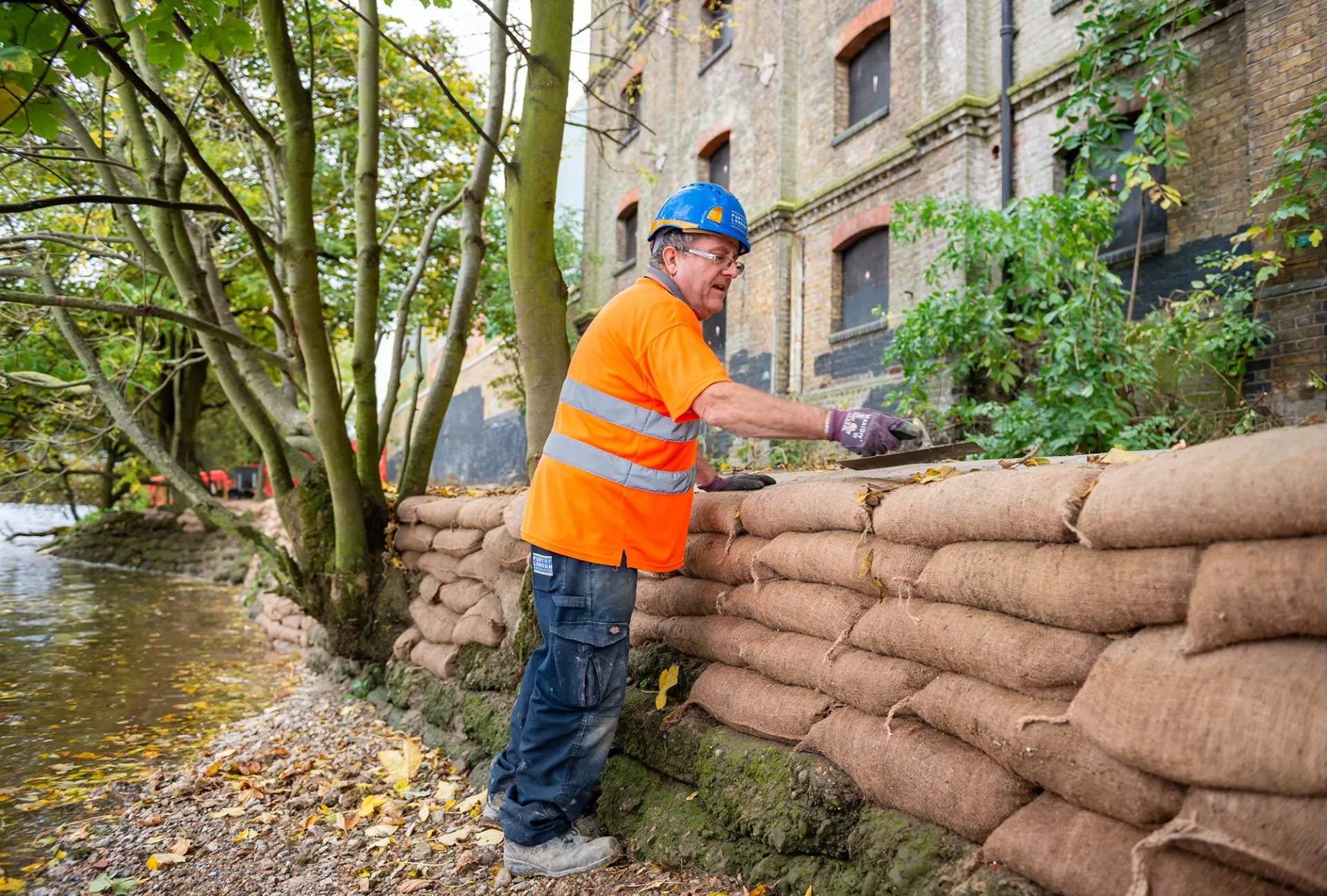
Engineer Bernard Watson is leading a new Port of London Authority (PLA) in-house team focussed on maintaining the southern river wall of the Thames between Kew and Putney.
He was appointed as general foreman in April, to lead the recruitment of the PLA’s upriver maintenance team, which will ensure all the company’s assets along the 5.5 mile stretch of the river’s Surrey bank are kept in good order.
For many years previous, the repair works have been contracted out on an ad-hoc basis.
One of the new team’s first tasks has been to fill in gaps in the riverside revetment by the towpath at the Stag Brewery in Mortlake, recycling fallen stonework retrieved from the river, wherever possible.
Over the summer, Bernard has worked with Wandsworth and Richmond councils to establish a new base for the team at Barn Elms Sports Centre.
Derek Maynard, who leads the PLA’s civil engineering team, said: “It makes sense for us to have a locally-based team with local knowledge doing this important work for us, as was the case in 1950s and 60s.
Cllr Julia Neden-Watts, Chair of Richmond Council’s Environment and Sustainability Committee, said: “Richmond upon Thames is famously the only London borough situated on both banks of the Thames and as such the river plays a huge part in our lives. It is very important to protect and maintain river walls in the borough and it is great to see a dedicated team set up by the PLA.”
Tree roots and general wear and tear are the main causes of damage to the revetments.
Bernard explained: “Sometimes it’s a challenge to get at the revetments through the vegetation, but it’s a job with the best views in the world.”
All the revetment repairs will respect Environment Agency and Marine Management Organisation requirements, including measures to maintain the existing river line.
The team’s remit does not include the towpath itself, which is managed by Richmond Council, as the highways authority.
Related content



Safeguarding of London's strategic wharves confirmed

The UK Ministry of Housing, Communities and Local Government (MHCLG) has confirmed the continued protection of strategic sites for port use on the banks of the Thames in London, after an extensive review process conducted by the Greater London Authority (GLA) and supported by the Port of London Authority (PLA).
Wharves on the Thames were first protected in 1997. Since then the initiative has become a well-established feature of planning in the capital and many millions of tonnes of materials have been handled through the sites, keeping countless heavy goods vehicles off London’s congested roads.
The deputy mayor for planning, regeneration and skills at City Hall, Jules Pipe CBE, received confirmation of the MHCLG secretary of state’s agreement with all of the recommendations included in the Implementation Report – Safeguarded Wharves Review 2018-2019 last month.
The review included a consolidation of wharf capacity in Thameside West that had been the subject of work between the GLA, PLA and the London Borough of Newham, an area that is set to see significant development in the next few years. The consolidation results in the creation of a new safeguarded wharf, Royal Primrose Wharf, located immediately downstream of Peruvian Wharf and an increase in the area’s capacity to handle waterborne freight.
Commenting, deputy mayor, Jules Pipe, said:
“This is very welcome news. The Thames is a key part of London’s strategic transport infrastructure. Protecting the wharves ensures that the essential ‘slip roads’ on and off this uncongested marine superhighway are retained. As we continue building a more resilient and sustainable city for the future, it’s essential that we make better use of the river on which London was founded.”
MHCLG officials are continuing to work with officers from the GLA and will be producing updated Directions for the wharves on the basis of the Implementation Report’s recommendations.
The PLA has advised the Mayor of London on the safeguarding of wharves since planning powers were transferred to City Hall in 2000. In recent years they have invested more than £10 million in the acquisition and reactivation of wharves in London. Peruvian Wharf bought in 2016 is now back in use for the movement of building materials after more than 17 years of legal wrangles and the adjacent Royal Primrose Wharf, bought in 2019 is set to come back into use in the next 18 months.
PLA director of planning & environment, James Trimmer, said:
“Safeguarding wharves is a key policy for London. The Thames offers an unfettered, low carbon route to move goods and materials in and out of the capital. Confirmation of the continued safeguarding of these sites comes at a time when the river renaissance is stepping up another gear. The established movement of bulk materials is now complemented by the first river parcel service, being operated by DHL, and the planned consolidation of the City markets to Barking will provide a generational opportunity to make more use of the river for light freight. Innovation will continue as we transition to a zero-carbon future.”
The PLA is working with partners including the GLA to secure greater use of the river for moving freight, as set out in Thames Vision development framework launched in July 2016.
In 2019, 4.769 million tonnes of freight were moved between terminals on the Thames, equivalent to more than 200,000 HGV loads. River operations were resilient through the COVID-19 lockdown, with Cory Riverside Energy continuing to move London’s waste to their energy from waste facility at Belvedere. River operations serving the construction of the Thames Tideway Tunnel were among the first to resume.
Related content



Discover


